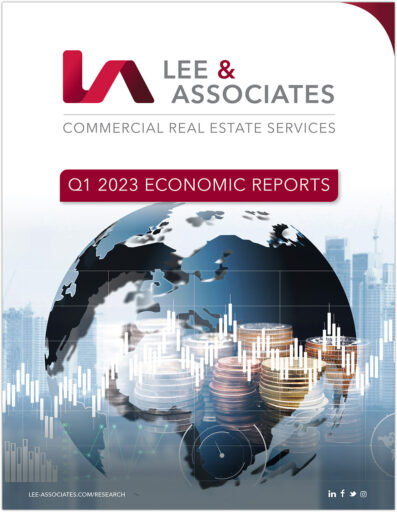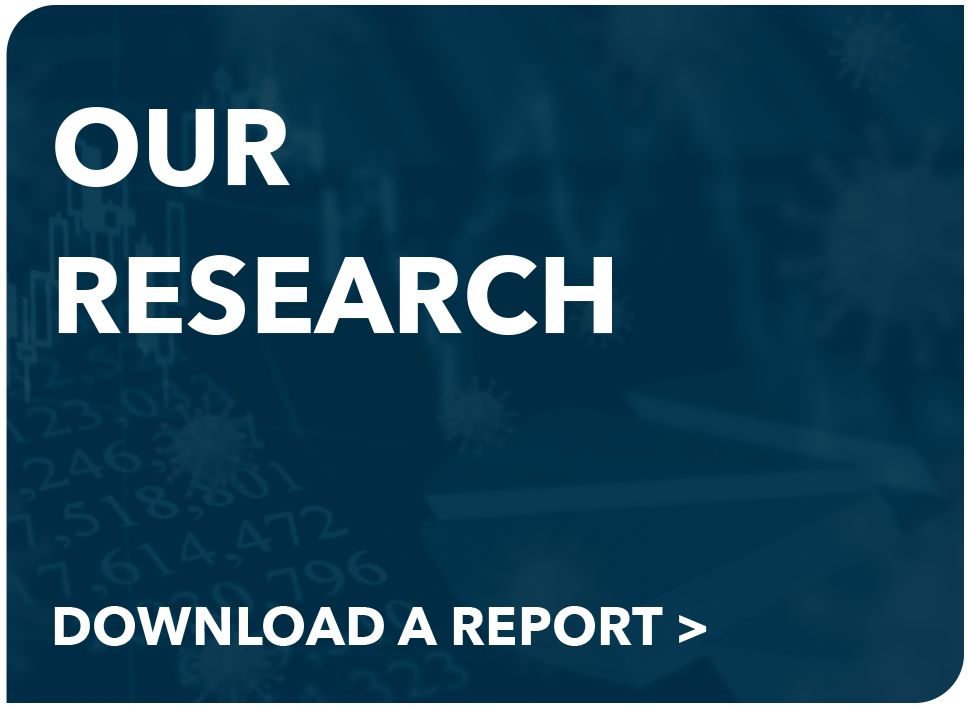GDP GROWTH:
The nation’s gross domestic product slowed dramatically in the first quarter, reflecting reduced production of goods and services that rose at a seasonally adjusted 1.1% annual rate in the first three months of the year. Nevertheless, the Q1 data released by the Commerce Department shows that consumers still are spending despite higher prices driven by high inflation, which the Federal Reserve is trying to stifle by raising interest rates. Spending on travel, restaurants and other services continues to rebound. Purchases of goods also rose after four straight quarters of declines.
The first-quarter gain was down from 2.6% in the last three months of 2022 but it was the third straight quarter of growth after output declined in the first half of last year. Compared to the fourth quarter, the deceleration in real GDP in the first quarter primarily reflected a downturn in private inventory investment and a slowdown in nonresidential fixed investment.
In addition to increases in consumer spending, there were gains in exports, local, state and federal government spending and nonresidential fixed investment. These gains were partly offset by declines in private inventory investment and residential fixed investment. Imports, which are a subtraction in the calculation of GDP, increased. READ MORE >
EMPLOYMENT:
Although nonfarm U.S. employment gains totaled 236,000 in March and the 3.5% unemployment rate was little changed, job openings fell to their lowest level in nearly two years, a sign to some economists of an easing labor market.
A loosening of employment conditions would be welcomed by the Federal Reserve. The central bank has raised interest rates nine times in the past year to slow the economy and hiring in order to reduce the rate of inflation. The Federal Funds Rate has increased from near zero to a range of 4.75% to 5%. Inflation has fallen to 5% after peaking in June at 9.1%. There were 9.9 million job openings in March, a decline of 632,000 jobs from the month before, according to the Labor Department. Nevertheless, the job market remains tight with 1.7 positions for every unemployed person, down from 1.9 openings.
The largest decreases in openings were in professional and business services, down 278,000 jobs; health care and social assistance, down 150,000 jobs; and warehousing and utilities, down 145,000 jobs. Construction jobs were up 129,000 and there were 38,000 added positions in the arts, entertainment and recreation. Nevertheless, overall employment conditions remain stronger and more resilient than any time in the last 50 years. The number of unemployed persons, 5.8 million, changed little in March. Broadly, the employment metrics have shown little net movement since early 2022. READ MORE >
MONETARY POLICY:
The Federal Reserve increased interest rates twice in the first quarter, bringing the benchmark borrowing rate to a new 4.75%-5% target range – the highest since the mid-2000s – as Fed Chairman Jerome Powell signaled that the need for more tightening was increasing.
To combat inflation, the Fed has been trying to slow investment, spending and hiring. The U.S. inflation rate is 4.98% compared to 6.04% in February and 8.54% a year ago.
In a meeting in March with reporters after the second rate hike this year, Powell remarked on the emergence of “serious difficulties at a small number of U.S. banks,” without naming Silicon Valley Bank, Signature Bank and Silvergate Bank. History has shown that isolated banking problems, if left unaddressed, can undermine confidence in healthy banks and threaten the banking system, Powell said.
In response to these events, Powell said, the Federal Reserve, working with the Treasury Department and the FDIC, created the Bank Term Funding Program to ensure that banks that hold safe and liquid assets can borrow reserves against those assets at par. He said the new program along with the longstanding discount window is “effectively meeting the unusual funding needs that some banks have faced and makes clear that ample liquidity in the system is available.” READ MORE >
GLOBAL ECONOMY:
It’s been one year since central banks began raising interest rates in efforts to slam the brakes on inflation. Although pricing pressures have receded, risks to financial stability have increased along with pessimism that a soft landing can be achieved.
Declines in food and energy prices have been the key to the reduction in global inflation from 8.7% a year ago to 7%, estimated by the International Monetary Fund, even as labor markets remain tight in a number of economies.
High commodity prices that increased after Russia’s invasion of Ukraine have moderated. The economies of China and other nations hit with widespread Covid outbreaks last year appear to be recovering, easing supply-chain disruptions.
But the recent exposure of banking sector vulnerabilities and fears of contagion even among non-bank financial institutions has emerged as a side effect of the steep rate hikes that is causing concern among central bankers.
The IMF’s baseline forecast, which assumes that the recent financial sector stresses are contained, is for growth to fall from 3.4% in 2022 to 2.8% this year before rising slowly and settling at 3% in 2028. Advanced economies are expected to see an especially pronounced growth slowdown, from 2.7% in 2022 to 1.3% this year. READ MORE >




